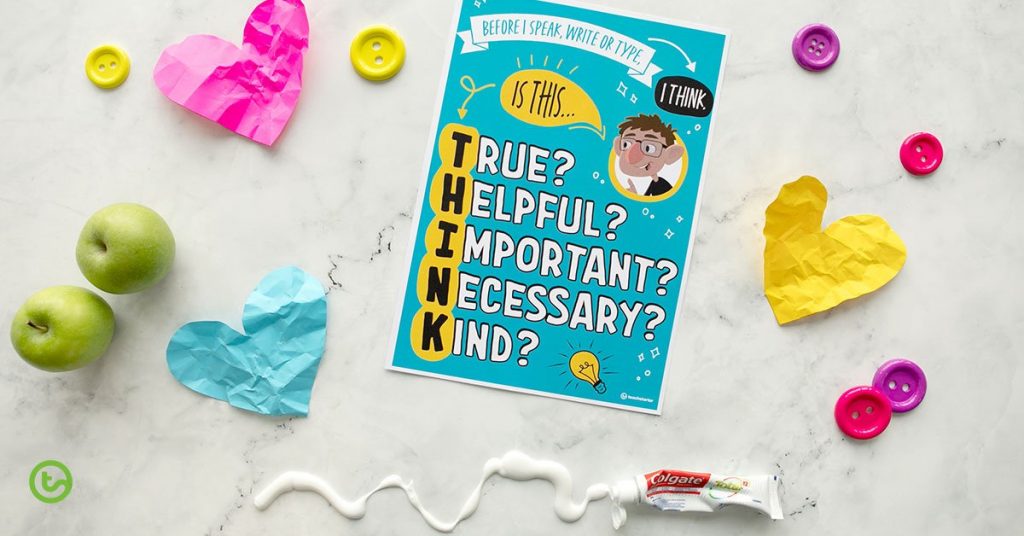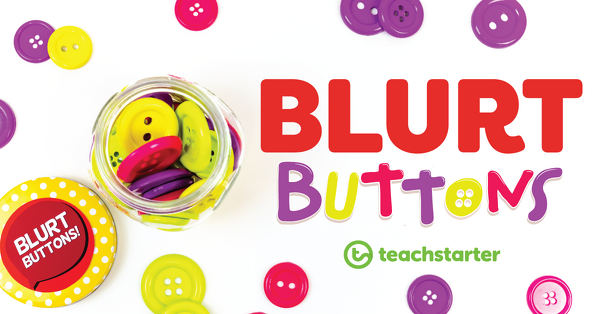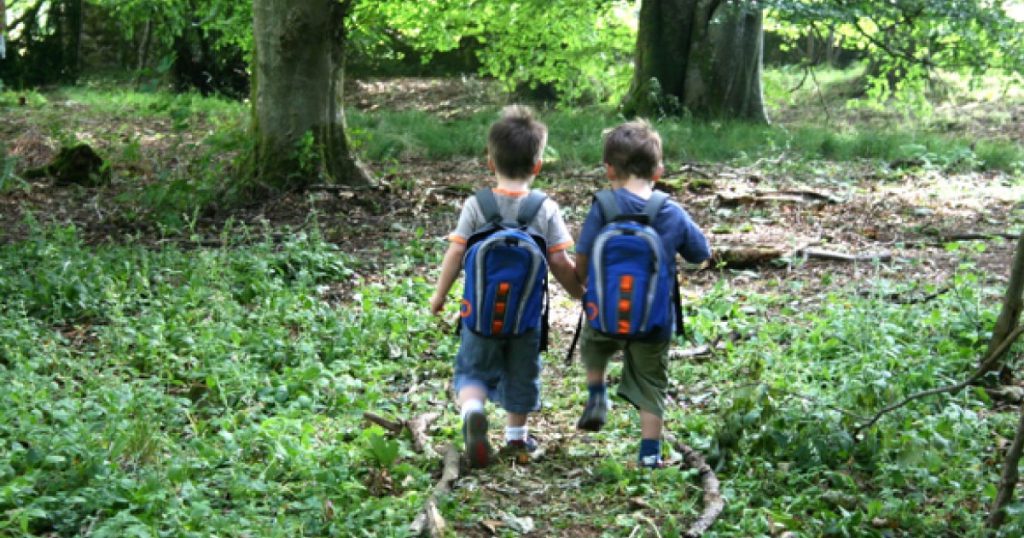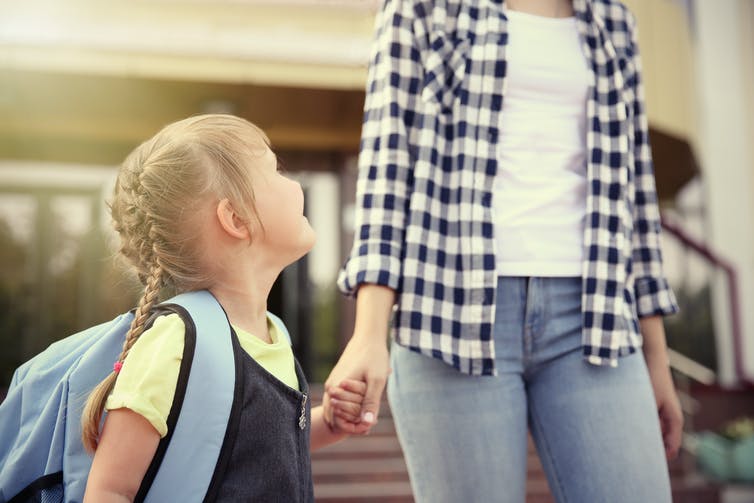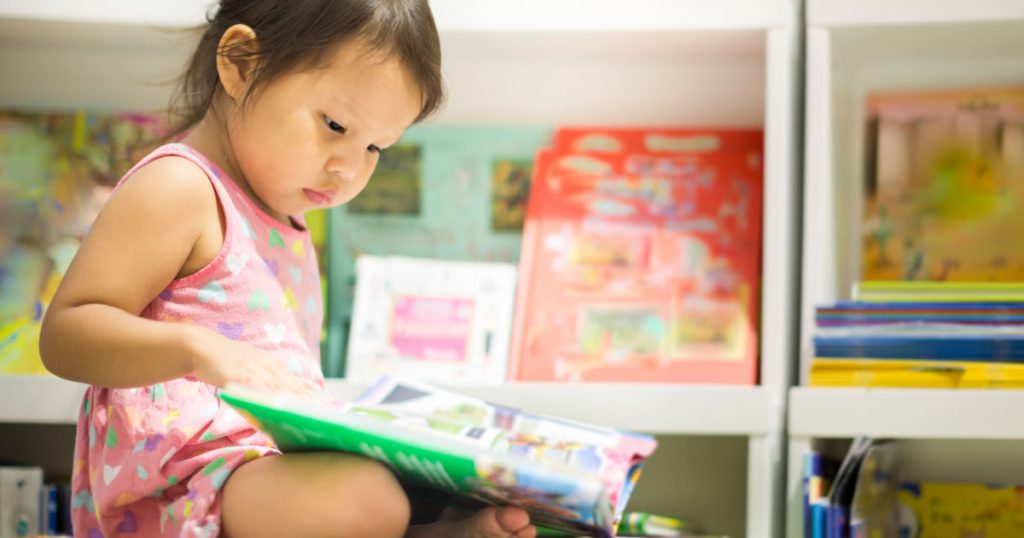Mindful communication is simply being conscious of what you say and how you say it. Being empathetic, tactful, thoughtful, and compassionate when communicating is a learned skill.
So often as teachers we find ourselves mediating disagreements between students. Teachable moments arise when seemingly day-to-day interactions between students cause friction.
Sometimes kids’ no-filter moments are a bit cute or funny, but they can also cause detrimental impacts to their peers.
Mindful communication can be challenging for primary-aged children, who are still developing social skills, their vocabularies, interpersonal skills like empathy, as well as finding their own unique voices.
Where Does Mindful Communication Fit Into the Curriculum?
Teaching kids about appropriate communication and interaction is a fundamental part of any teacher’s role. Effective communication is important throughout all of the learning areas, and particularly aligns with the Social Management element of the Personal and Social Capability continuum.
For context, the Personal and Social Capability is one of the Australian National Curriculum’s general capabilities – fundamental skills which students must learn in order to develop in their learning inside as well as outside of school.
Students with well-developed social and emotional skills find it easier to manage themselves, relate to others, develop resilience and a sense of self-worth, resolve conflict, engage in teamwork and feel positive about themselves and the world around them. – The Australian Curriculum.
Mindful Communication in Online Spaces
The importance of mindful communication extends to all areas of modern life. It’s not only spoken interactions that can escalate if the wrong tone or even just one poorly chosen word is used. Students are constantly accessing digital technologies for learning and leisure, and communicating with others online with more regularity and rigor than ever before.
These activities are perfect for teaching about the impacts and implications our words may have, in whichever mode they take.
Mindful Communication Resources and Activities for the Classroom
The common theme that runs throughout all of these activities is the notion that words, once delivered, are irreversible (and so are their consequences, whether positive or negative).
Before you speak, write or type…
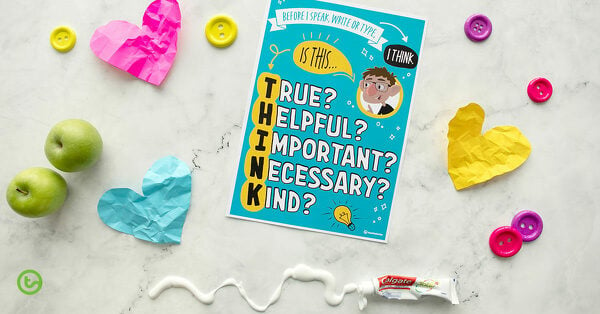 THINK! It’s such a great acronym and super easy to remember, which is why so many teachers have adopted the THINK strategy, which asks students five key questions to filter out inappropriate comments.
THINK! It’s such a great acronym and super easy to remember, which is why so many teachers have adopted the THINK strategy, which asks students five key questions to filter out inappropriate comments.
We have just released this colourful classroom poster outlining the THINK strategy, which would be a fantastic addition to your classroom, e-learning lab, or even the front of students’ diaries!
You can’t put the toothpaste back into the tube!
This is an activity that can be used in any of the primary grades. Start by asking for a student volunteer to come to the front of the class. Ask the student to squeeze the entire tube of toothpaste onto a paper plate.
Once the student can’t get any more toothpaste from the tube, then ask them to try to put the toothpaste back into the tube.
![]()
The class will soon realise that efforts to put the toothpaste back into the tube will prove futile. It’s near impossible to put all of the paste back inside the packaging.
Talk to your students about mindful communication, and how the toothpaste represents our words. It’s better to pause and consider what we say and how we say it, than to go ahead and push it all out in one go, and then have to deal with the mess it makes.
Consider the ‘invisible impacts’ of your words.
Another really great way to show students that their words may cause unseen emotional damage is the apple example, which has been doing the rounds online for the past several years.
For this demonstration, you’ll need two identical apples. Prepare before class by dropping one apple repeatedly (but try not to damage the skin).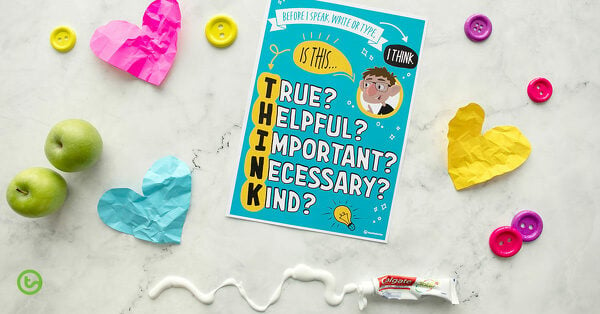
During your lesson, show your students the two apples which look the same and ask them if either one is damaged (based on appearance only).
Toss the damaged apple on the ground and tell the students (and the apple!) that this is the bad apple. Praise the other apple, and encourage the students to do the same.
Next, slice each ‘perfect’ apple down the centre and expose the cross-sections. The undamaged apple will be perfect, but the dropped apple will be bruised on the inside, underneath the skin.
Use this visual to help students understand that unkind words and actions can and will cause lasting emotional damage, which will remain unseen from the outside.
A wrinkled heart hurts.
Before you speak, think and be smart. It’s hard to fix a wrinkled heart!
Holly has written this gorgeous blog all about how words can hurt others’ hearts irreversibly.
Take a read for a great lesson idea based on the book Chrysanthemum.
If you’re looking for more engaging ways to teach children about mindful communication, take a read of these great articles on our blog:

blog
Teaching Empathy | Kindness and Compassion for Kids
Teaching empathy in the classroom is critical in order to nurture students with the ability to show understanding, compassion and kindness towards others. Read on for tips and ideas to teach empathy, from reading great books to keeping an empathy journal.
The post Mindful Communication Activities for Kids appeared first on Teach Starter.
